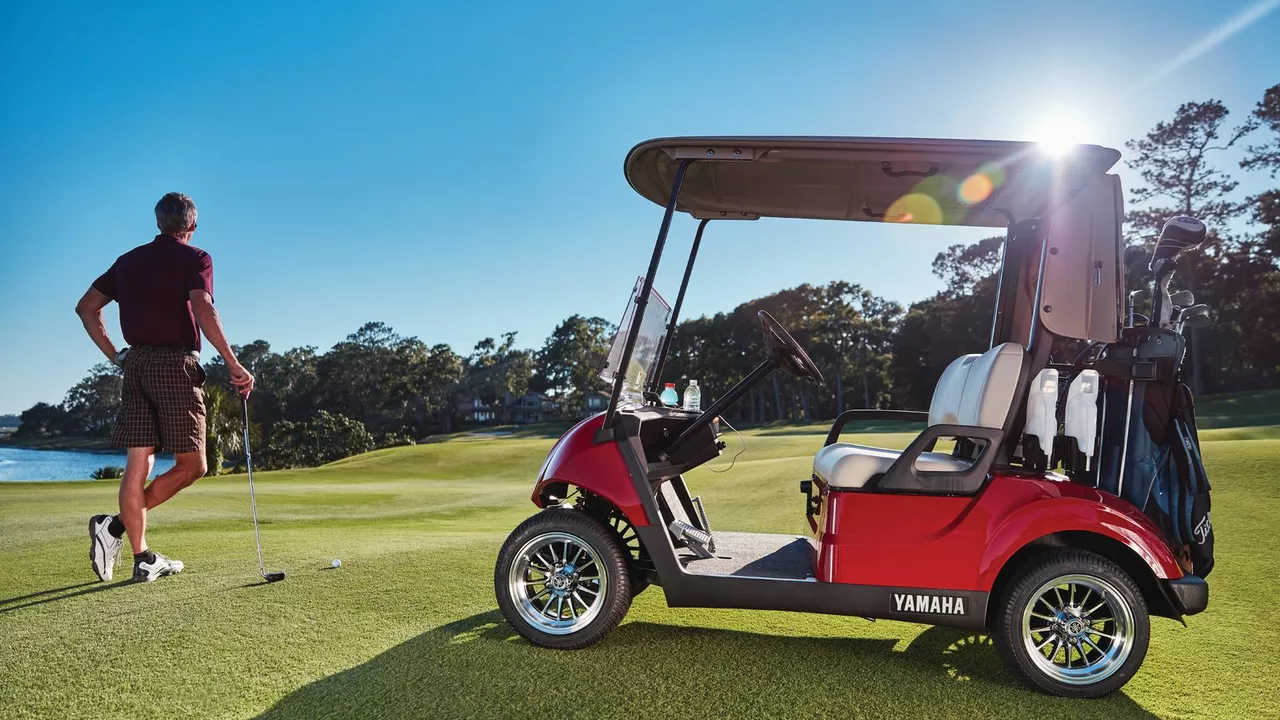Seeing a kid behind the wheel of a golf cart can feel cute, but it also raises a lot of questions. Does a 10‑year‑old have the judgment, coordination, and respect for rules needed to handle a small vehicle? Let's break down the facts so you can decide what’s best for your family.
Golf carts may look like simple golf‑course wagons, but they still have a steering wheel, brakes, and can reach speeds of 15‑20 mph. At that pace, a child who hasn't fully developed motor skills can misjudge distances or fail to react quickly to obstacles. Unlike a bike, a cart doesn't tip over easily, so the child can stay in the seat even after a crash, increasing the chance of injury.
Most countries set a minimum age of 13‑14 for operating a golf cart on public roads, and many clubs enforce an even higher age for on‑course use. Check your local regulations—some places treat a cart like a motor vehicle, meaning a license is required. Ignoring these rules can lead to fines, insurance problems, or worse, a serious accident.
Even if the law permits a younger driver, you should consider the club’s policy. Many courses require an adult to be present in the cart at all times. This isn’t just paperwork; it’s an extra set of eyes that can step in if the child gets distracted or makes a mistake.
Speed control is another big factor. Most carts have a throttle that can be set to a low‑speed mode, but even that can be too fast for a youngster who hasn’t learned to stop smoothly. Adding a physical limiter or removing the throttle altogether can help, but it also reduces the cart’s usefulness for adult players.
Think about the environment where the cart will be used. A flat, well‑maintained fairway with clear sightlines is far safer than a hilly, wooded area where a child might not see a low branch or a sudden drop. If you let a kid practice, pick a quiet time of day and a simple route.
Supervision is non‑negotiable. An adult should sit next to the child, keep hands on the controls, and give constant guidance. This isn’t just about preventing accidents; it’s also a teaching moment. Show the child how to check mirrors, use signals, and stay aware of other golfers.
If you decide to let a 10‑year‑old try a cart, start with a “no‑go” rule: the child can only drive when the cart is empty of other passengers and at a very low speed. Gradually increase the difficulty as confidence and skill improve.
Finally, consider alternatives. A foot‑powered golf cart or a push‑along ride‑on can give kids the fun of moving around the course without the risk of a motor‑driven vehicle. These options teach balance and coordination while keeping speed low.
Bottom line: a 10‑year‑old usually lacks the maturity and motor skills needed for safe golf cart operation. Legal limits, club policies, and supervised practice are essential if you choose to let them try. By weighing the risks, setting clear rules, and staying involved, you can keep the experience fun and safe for everyone on the green.

From my perspective, allowing a 10-year-old to drive a golf cart isn't the safest idea. These vehicles might seem harmless, but they require a level of judgment and motor skills that children at this age typically lack. Accidents can occur, especially without proper adult supervision. It's also necessary to remember that in most places, there are legal age limits for operating such vehicles. So, it's best to wait until they're older and more capable of handling the responsibility.